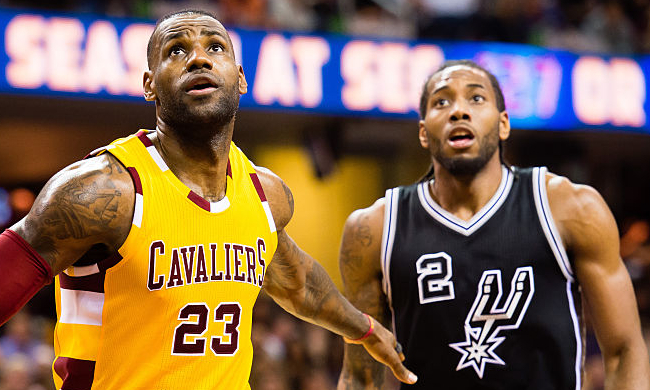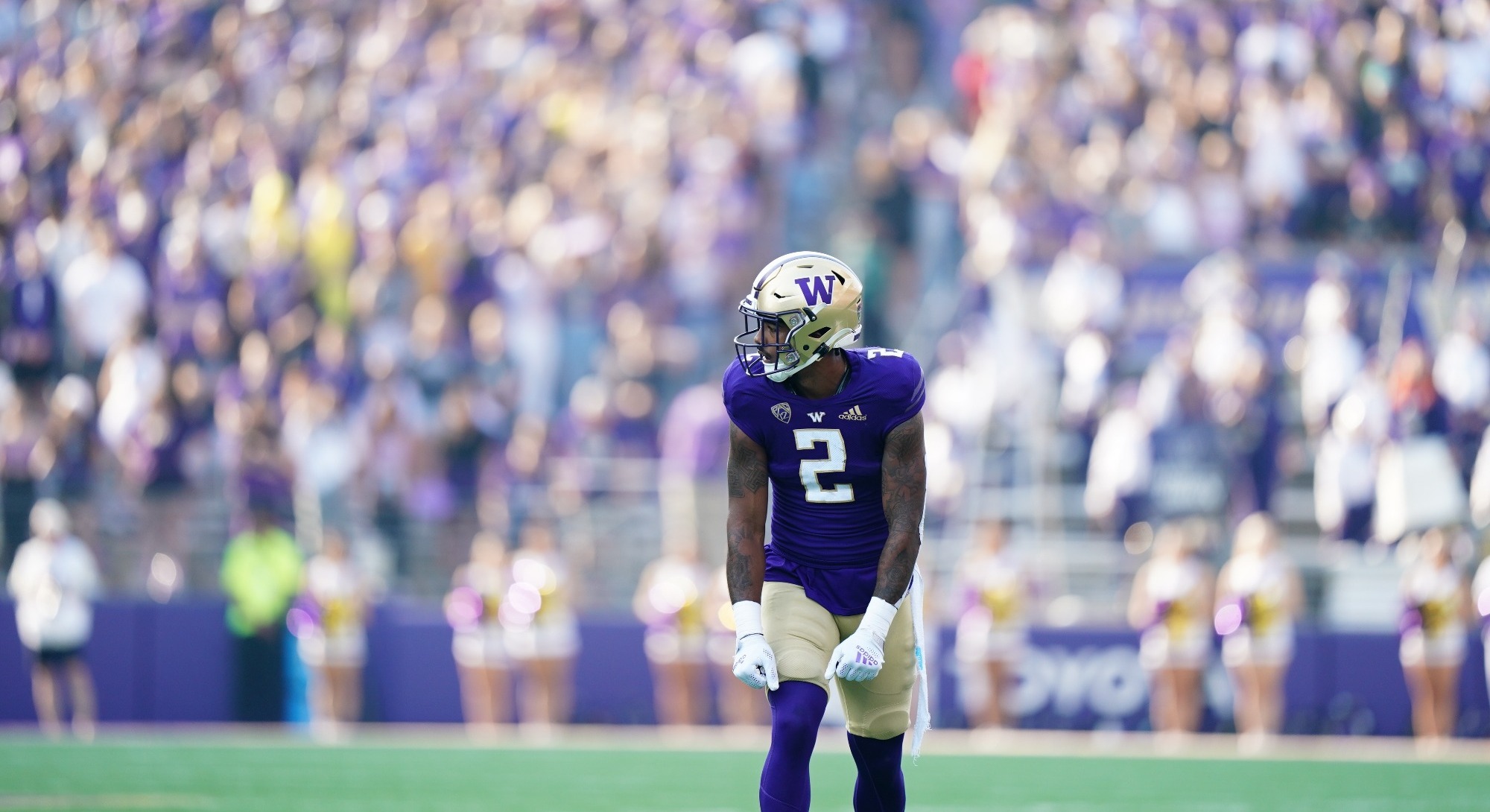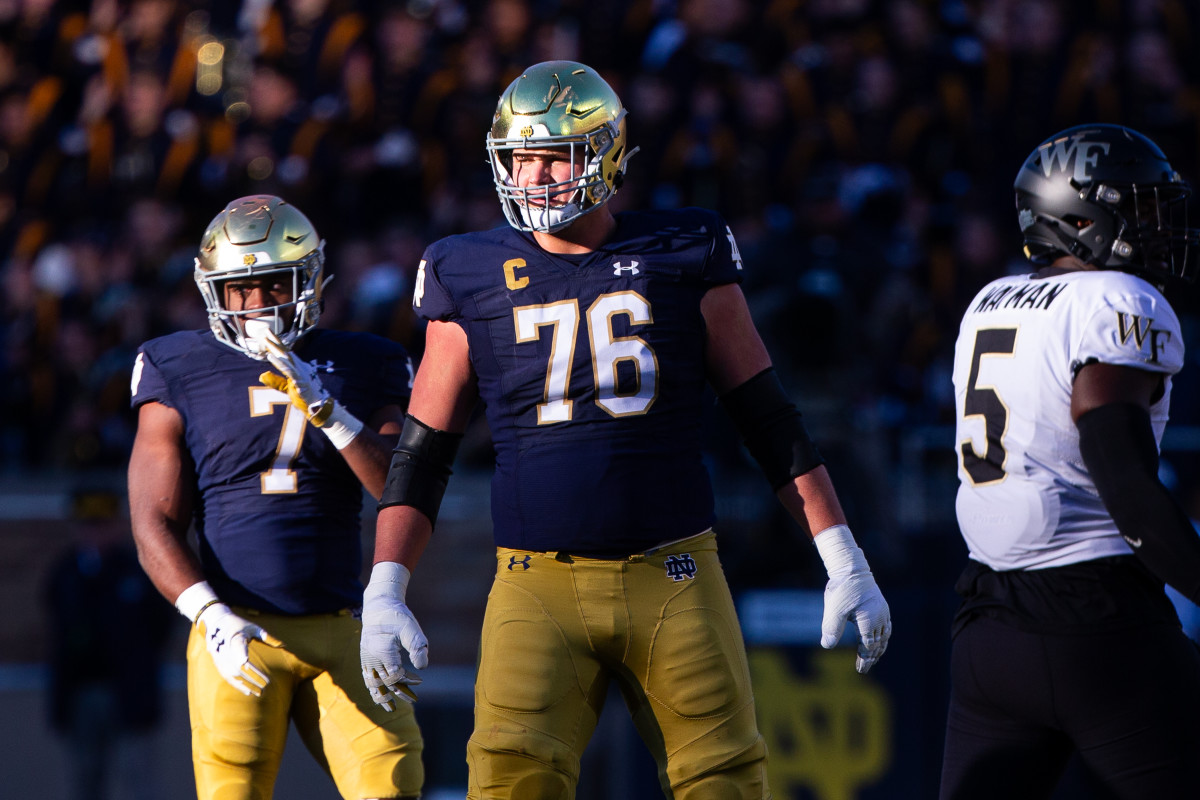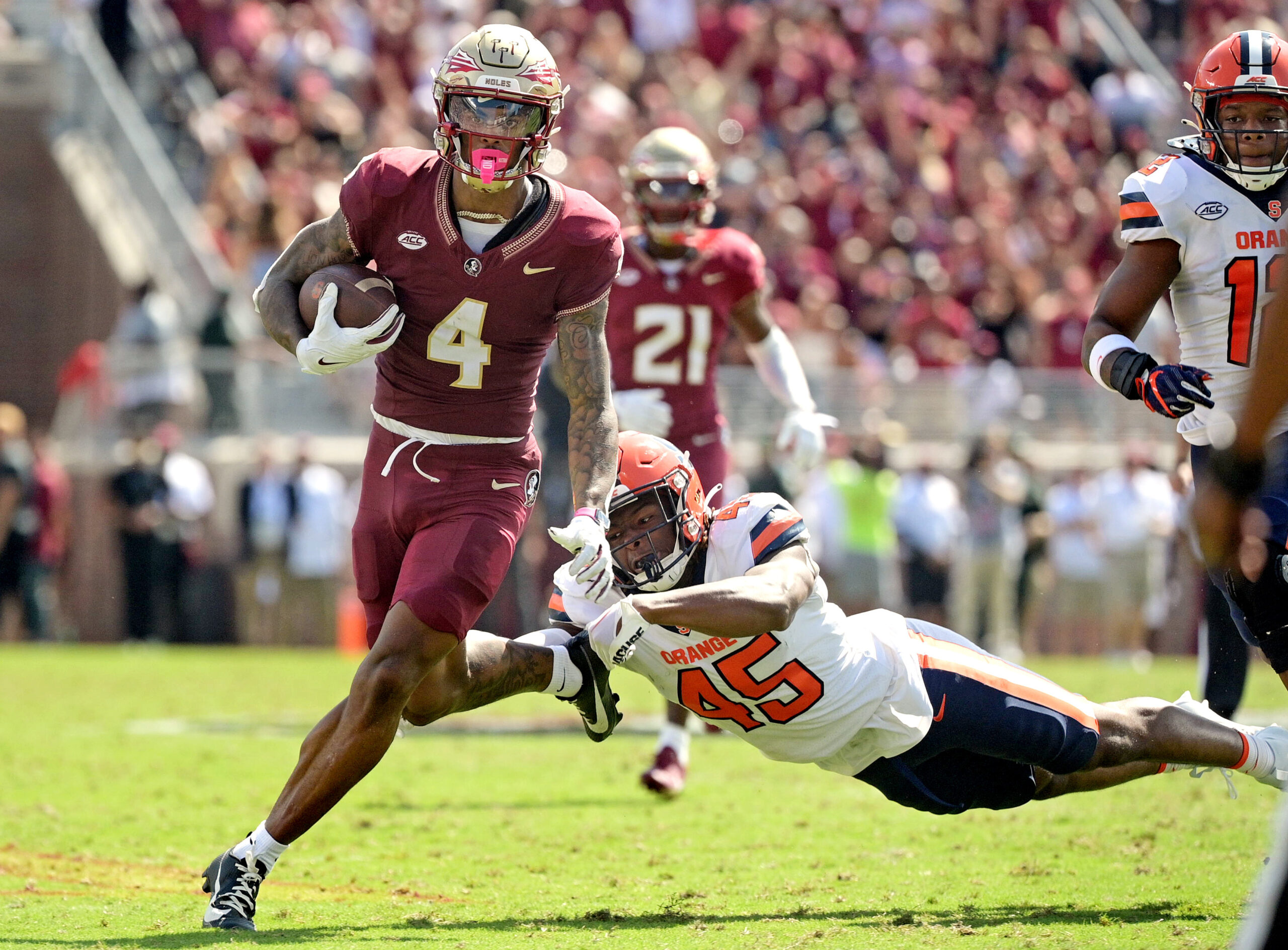
- Foreign Policy - August 9, 2021
- Rebounding For The Win - July 23, 2021
- NBA Legacy – Rising Sun - July 16, 2021
As the evolution of the game has become more prevalent season to impending season, there may be an underlying issue that is the key to being able to shed light on one of the major differences between yesterday’s legends and today’s athletes. The interesting question is which is more important, efficiency of an offensive system or the attributes of a player. Allow me to elaborate on this point.
When I refer to system, I mean the offensive system and possibly the philosophy behind it. For example, the triangle offense is merely an offensive structure of spacing and timing utilized by Phil Jackson (and Tex Winters) in order to impart basketball fundamentals which appear to have been taught less and less every season that goes by.
It seems that this perceived lack of fundamental play, especially regarding team principals, has been affected by the AAU model of basketball and the one-and-done era of the NCAA. From a by-stander’s perspective, most college coaches have made a seismic shift from focusing on player individual fundamentals to systemic team play because of time constraints caused by the one-and-done rule. For those whom have been following the game, this seems rather obvious.
In past, the premium that was set upon the game was contingent on the talent and individual skill of the player. The difference in winning and losing came down to how that player’s individual game incorporated his teammates.
Pistol Pete Maravich is a perfect example. His individual skills revolutionized the game but had little to no effect on whether his team won or not at the professional level. Some of that effect may be attributed to Press Maravich, whom was his father and coach at LSU. One could argue that his father was a big reason why Maravich flourished in the college game, aside from his own talent of course but never experienced that same success professionally.
The benefits that a system carries are stability, the development of communication with in teammates and role identity. Stability will carry your team through the season in order to position yourself favorably for the playoffs. It will also create a relaxed atmosphere which in turn would promote different levels of communication within teammates that have by this time been convinced to participate in the greater good of the team.
Identified roles remove the ambiguity of decision-making between five different players and promote harmony of movement amongst them. The downfall of systemic offenses is that sometimes it curtails the creativity of players that become dependent on it. This dependency can lead to predictability and an inability to raise the team’s level of play that is required to succeed in the playoffs.
The Karl Malone and John Stockton era of Utah Jazz basketball exemplified this point. It wasn’t until they acquired Jeff Hornacek, whom brought a level of offensive creativity beyond the system, that Utah finally made the Finals.
Player attributes have a more direct impact on a team theoretically. Most people will argue that in order to win, you must possess the most talented players. Depending upon which skill-sets a player utilizes, he or she can promote creativity, manufacture scoring opportunities and bear the ability to transcend the team’s level of play. Their creativity brings an unpredictability that is difficult to prepare for.
When the system begins to falter, these individuals have the power to manufacture scoring opportunities in order to push their team through scoring droughts that may have occurred by way of predictability. However, if these players are unable to incorporate or utilize their teammates, it could have a detrimental effect on a team’s cohesiveness and stability, not to mention the development of the rest of the players as well.
Players such as Carmelo Anthony, James Harden (before D’Antoni at Houston), and Kobe Bryant (outside of the triangle) come to mind. The 1977 NBA championship defines this lack of cohesion. Philadelphia 76’ers were composed of some of the greatest ABA talent including Julius (Dr. J) Earving whom single handedly attempted to carry his team to Game 7 of the Finals with a 40 point performance on 59% shooting. With this in mind, George McGinnis ended up taking the last shot for game and the rest is history.
The truth of the matter is that it takes both talented players and systemic structure in order to create a balance that promotes stability and transcendence. The coordination a system provides will allow for creativity to occur more seamlessly when it comes to acclimating the rest of your teammates.
Stability identifies and provides the foundation for the ability to truly elevate the level of play. It is the measure by which you set that standard. The modern day San Antonio Spurs and the Golden State Warriors are reminiscent of this fact. The structure of the system can create certain offensive opportunities but they still rely on the players to actually bring the plan into fruition whether its by making shots, utilizing pass fakes to create clear passing lanes or by having the wherewithal to check down to the next option. As with life, the balance that we achieve will create a harmony within our existence. Namaste my people…




